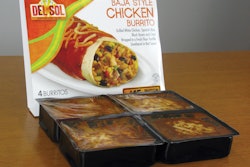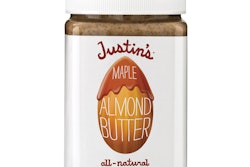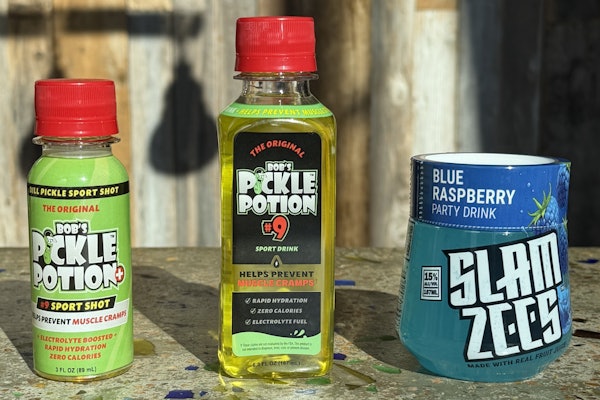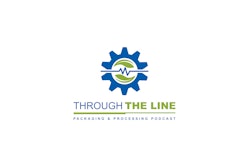
Green Up Street (www.greenupstreet.com), which runs the Green Up Street Network, a group of suppliers that specializes in cartons and boxes made from agricultural byproducts, recently uncovered some interesting insights regarding consumers’ acceptance of packaging made from alternative materials when it conducted tests using a cereal box made from sugarcane bagasse versus a traditional paperboard cereal box.
The study, conducted for a nationally distributed breakfast cereal brand, presented test subjects with the company’s current cereal box with no eco-claims versus a cereal box made with sugarcane bagasse with on-package markings. According to Green Up Street, the only information respondents were given was the artwork of the front panel of the box, information that the cereal in the bagasse box was identical to that in the stock box, and information about the shelf price of the bagasse box relative to the stock box—the same information that would be readily available during in-store purchase decisions.
Key findings included the following:
• Eco-packaging can significantly influence purchase intent. Consumers expressed a purchase preference for the tested bagasse box over the stock box 6 to 1 after being told that the price and cereal inside were identical. Thirty-five percent of consumers expressed no preference under these conditions. The significant no-preference percentage is common in “real world” shopping, says Green Up Street, where much of the content on the package face can be overlooked during the buying decision. However, this would indicate a measurable sales lift from the 65% of respondents who did have a preference.
• USDA BioPreferred® (www.biopreferred.gov) certification is somewhat helpful, although sometimes for unrelated reasons. The bagasse box carried the USDA BioPreferred seal, which was reported as a positive by 51% of respondents, split into 27% who correctly identified the unique eco-benefits of the seal, and 24% who thought that the USDA label was also communicating a healthier cereal. The remaining 49% could not articulate the specific benefits the seal attested to.
• Skillful on-product description is critical to influencing purchase decisions. The key influencing factor appeared to be the copy developed specifically for that product using Green Up Street’s experience, which was able to convey clear, concrete, and intuitive eco-claims about the bagasse box. Specifically, avoiding the use of generalized phrases such as “eco-friendly,” “green,” and “sustainable” in favor of specific, easily understood phrases about what was different about the bagasse box and its specific benefit to plants and wildlife, was highly influential. Claims of reduced greenhouse gas emissions were not included in this test.
• Green is good—if it doesn’t cost more. In a second part of the test, the same consumers were asked their purchase intent for the bagasse box over the stock box if the cereal was identical and the box artwork was the same as the first part of the test, but the price of the bagasse box was 10% higher. Consumers’ answers were unequivocal: They chose the cheaper, stock box, 2 to 1 over the bagasse box, while the number of undecided/no-preference dropped to only 10%.
























